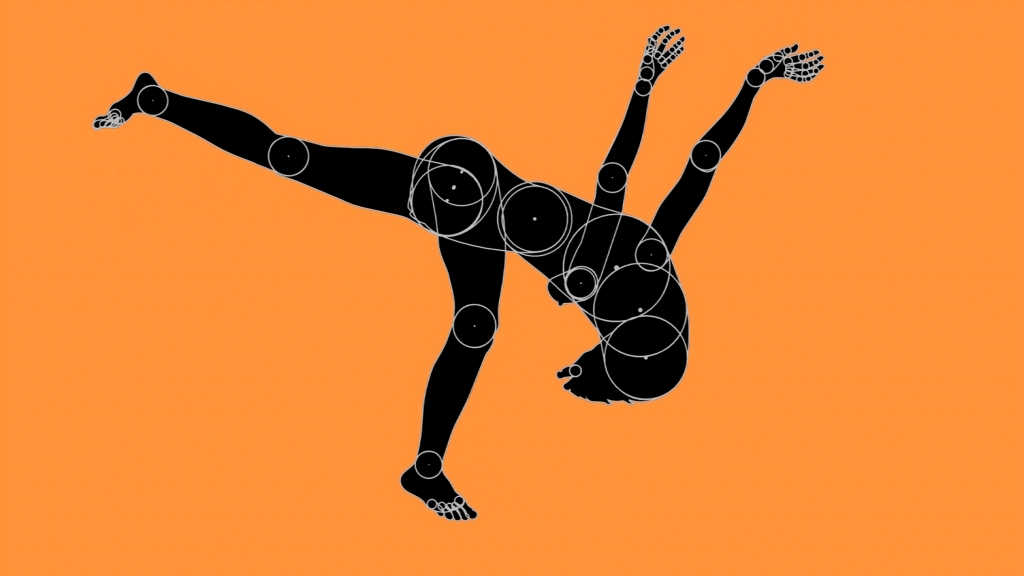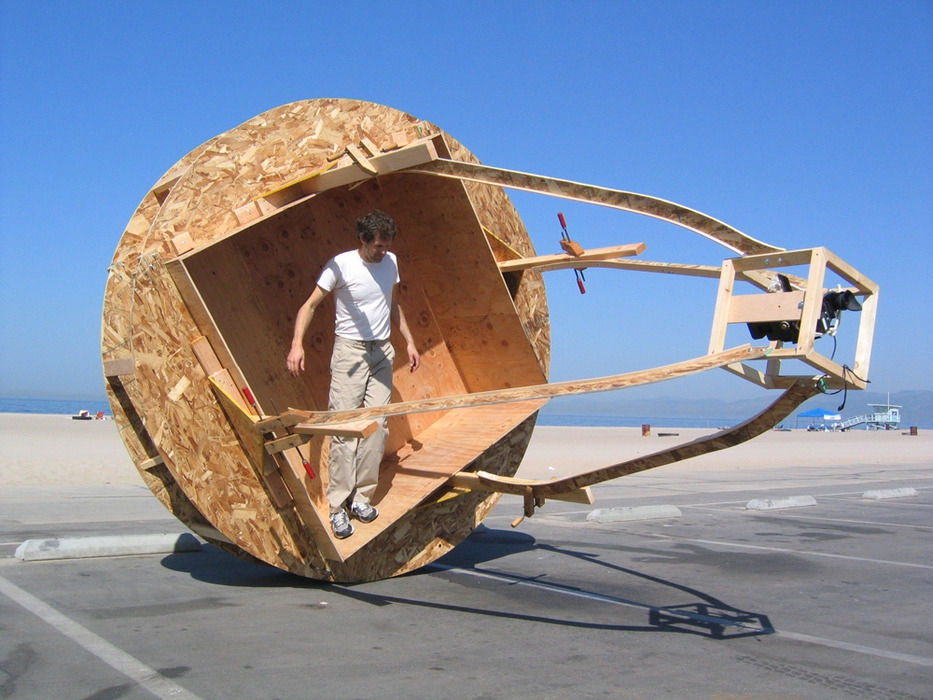Balance Study Apparatus
Jacob Tonski is a pragmatic optimist whose work explores dynamic balance through kinetic metaphors.
A self-adjusting platform makes everyone the same height, probing ideas of equality and the origins of power. A larger-than-life top spins about the room, wobbling through themes of pleasure, danger, youth and decay. A sofa teeters, standing on one leg, musing on the stability of the social structures we build. These and other human-scale objects, both amusing and threatening, find an uncanny identity between toys and tools. The forces of time and gravity serve in these works as foils for those things we are powerless to direct in our lives, and with which we must instead dance and negotiate.








